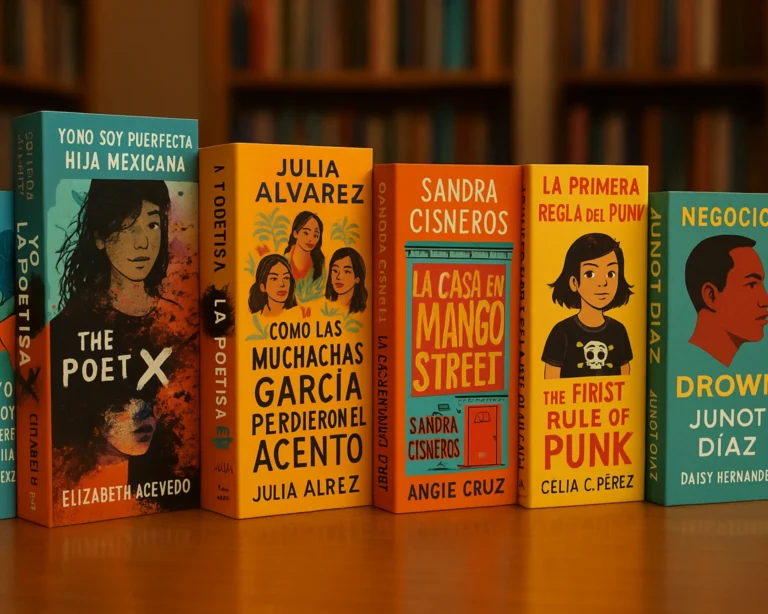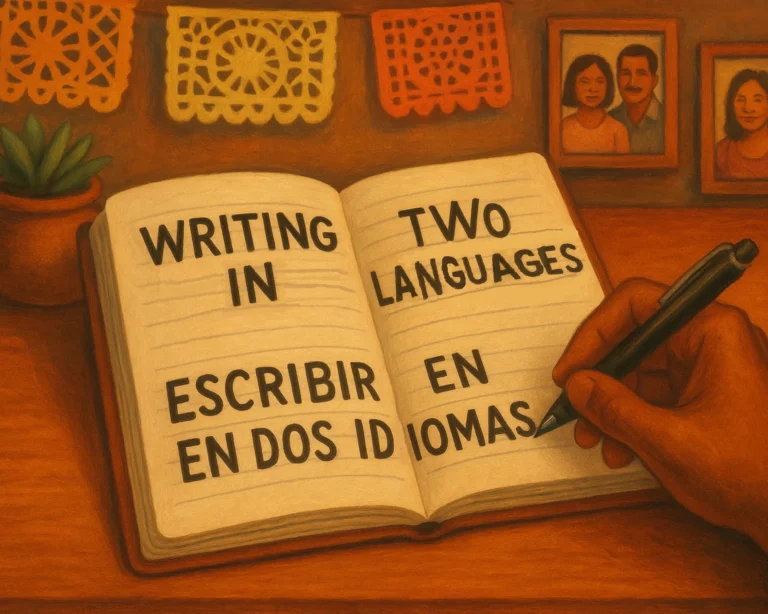Storytelling is an essential part of human experience, providing a way for individuals and communities to share their histories, struggles, triumphs, and hopes. For Latinx writers, culture is at the heart of their storytelling—it influences the narratives, shapes the characters, and provides a rich context for exploring themes of identity, family, and community. The role of culture in Latinx storytelling is not just a backdrop for the story, but rather a dynamic force that propels the narrative and gives it meaning.
In this blog post, we will explore how culture plays an integral role in Latinx storytelling, shaping the way stories are told, what themes are explored, and how they resonate with readers both within and outside the Latinx community.
Culture as the Foundation of Latinx Stories
At its core, Latinx storytelling is about identity. Latinx authors often write to explore their personal and collective histories, delve into the complexities of cultural identity, and examine the intersections of their experiences in Latin America and the United States. Culture provides the foundation for the characters, settings, and conflicts that drive Latinx narratives.
Cultural elements such as language, traditions, folklore, and family dynamics are integral to these stories. They serve not only as markers of identity but also as symbols of belonging, resistance, and survival. Through storytelling, Latinx writers can explore the intricacies of their culture, offer a space for cultural pride, and challenge stereotypes or misconceptions.
For example, authors like Sandra Cisneros in The House on Mango Street and Julia Alvarez in How the Garcia Girls Lost Their Accents use culture as a lens to explore the immigrant experience, family relationships, and the complexities of adapting to a new country while maintaining ties to their cultural roots.
The Influence of Language and Bilingualism
Language is a key cultural element in Latinx storytelling, and it often plays a significant role in shaping the way stories are told. Many Latinx authors write in both Spanish and English, blending both languages in their work. This bilingualism reflects the reality of many Latinx communities, where families and individuals navigate between two cultures and languages every day.
Bilingualism in storytelling isn’t just about using Spanish and English side by side; it’s about capturing the nuances, rhythms, and emotions that come with speaking more than one language. For instance, using Spanglish—a blend of Spanish and English—is common in many Latinx communities and often appears in Latinx literature. This use of language allows writers to portray the authentic experience of Latinx people, showing how language can be a bridge between cultures and generations.
Through bilingual storytelling, Latinx writers can convey a sense of connection to both their heritage and their present-day identity. For many readers, this duality provides a unique window into the Latinx experience—one that speaks to the realities of growing up in a multicultural environment, where language can be both a source of pride and a source of tension.
Cultural Traditions and Values in Latinx Narratives
Cultural traditions and values often form the backbone of Latinx storytelling, providing structure and depth to the narratives. Family is a central theme in many Latinx stories, reflecting the importance of close-knit relationships and the sense of responsibility toward one’s family members. For instance, the portrayal of family dynamics in Latinx literature often includes themes of respect for elders, filial piety, and the complex roles played by women in the family.
In addition to family, other cultural traditions such as celebrations, food, music, and religion are frequently woven into Latinx narratives. These traditions not only enrich the story but also provide a sense of connection to the broader Latinx community and to the larger cultural history that informs the characters’ lives.
Take the celebration of Día de los Muertos (Day of the Dead), for example. This Mexican tradition, which honors deceased loved ones, has become a significant cultural marker in literature. Authors often incorporate this ritual to reflect on themes of loss, remembrance, and the continuity of life. In a similar way, food is often used to create a sensory connection to culture, from the smell of tortillas frying in the pan to the family gatherings around a large feast. These cultural markers create an emotional connection for readers, evoking shared experiences and memories.
Cultural Identity and the Immigrant Experience
For many Latinx writers, culture is inseparable from the immigrant experience. Many Latinx stories delve into the complexity of navigating two identities—one rooted in Latinx heritage and the other shaped by life in the United States. The struggle to maintain cultural ties while adapting to a new society is a central theme in many Latinx narratives.
This duality is often portrayed through characters who must learn to balance the expectations of their families with the realities of the larger society. In works like The Brief Wondrous Life of Oscar Wao by Junot Díaz and The Poet X by Elizabeth Acevedo, the characters experience the tension between their cultural identity and the pressures of assimilation. Through their stories, readers gain insight into the challenges of reconciling cultural traditions with the desire to fit in or succeed in a new environment.
In addition to examining personal identity, many Latinx authors explore broader themes of systemic inequality, such as racism, xenophobia, and the impact of immigration policies. These stories help highlight the struggles that Latinx communities face while also celebrating their resilience, strength, and sense of community.
The Role of Folklore and Mythology in Latinx Storytelling
Folklore and mythology are deeply embedded in Latinx culture, providing rich material for storytelling. Latinx writers often draw on traditional myths, legends, and spiritual beliefs to shape their narratives and add layers of meaning to their stories. These elements of magical realism, folklore, and myth serve to connect the characters’ present-day experiences with a larger cultural history.
For example, the use of magical realism—a literary technique that blends the ordinary with the fantastical—is a hallmark of many Latin American writers such as Gabriel García Márquez and Isabel Allende. In works like Like Water for Chocolate by Laura Esquivel, magical realism is used to highlight the emotional depth of human experience while reflecting the spiritual and cultural beliefs of the characters.
These mythical elements create a sense of wonder and connection to the past, allowing Latinx writers to explore complex themes like love, death, and social justice through the lens of culture.
Conclusion: Culture as the Heart of Latinx Storytelling
Culture is not just a theme in Latinx literature—it is the heart of it. From the language and traditions to the immigrant experience and the influence of folklore, culture shapes every aspect of Latinx storytelling. By incorporating cultural elements, Latinx writers create narratives that are not only deeply personal but also speak to the shared experiences of the community. These stories give readers an authentic and nuanced understanding of Latinx life, shedding light on the beauty, complexity, and strength of Latinx culture.
As the literary world continues to evolve, the role of culture in Latinx storytelling remains essential. It serves as a powerful tool for resistance, expression, and celebration, ensuring that Latinx voices continue to be heard and valued in the broader cultural conversation.


